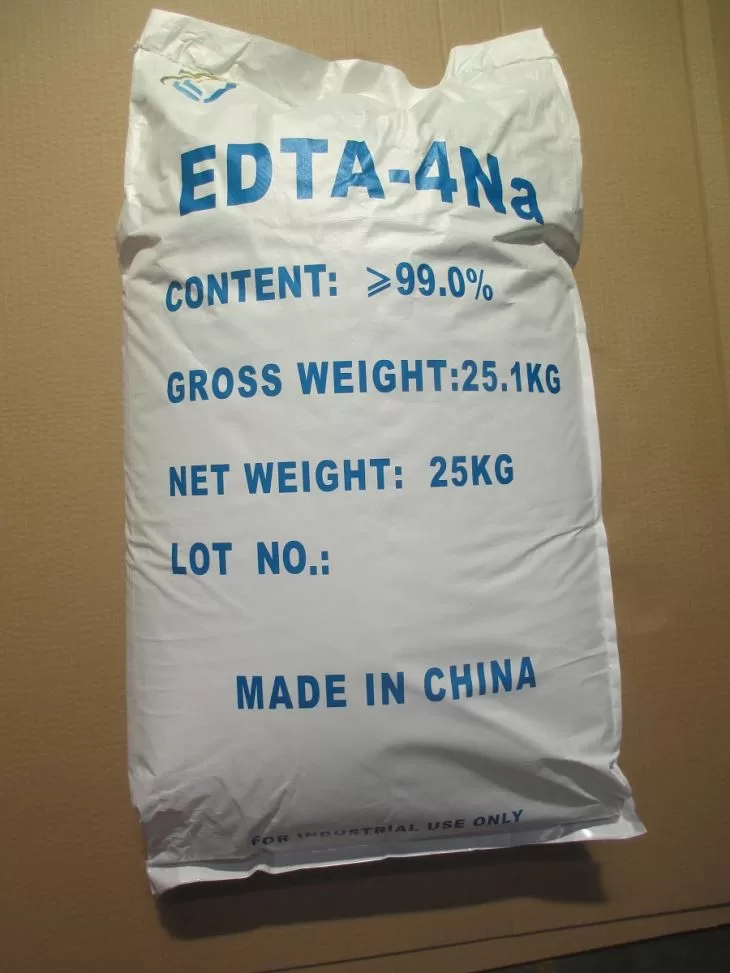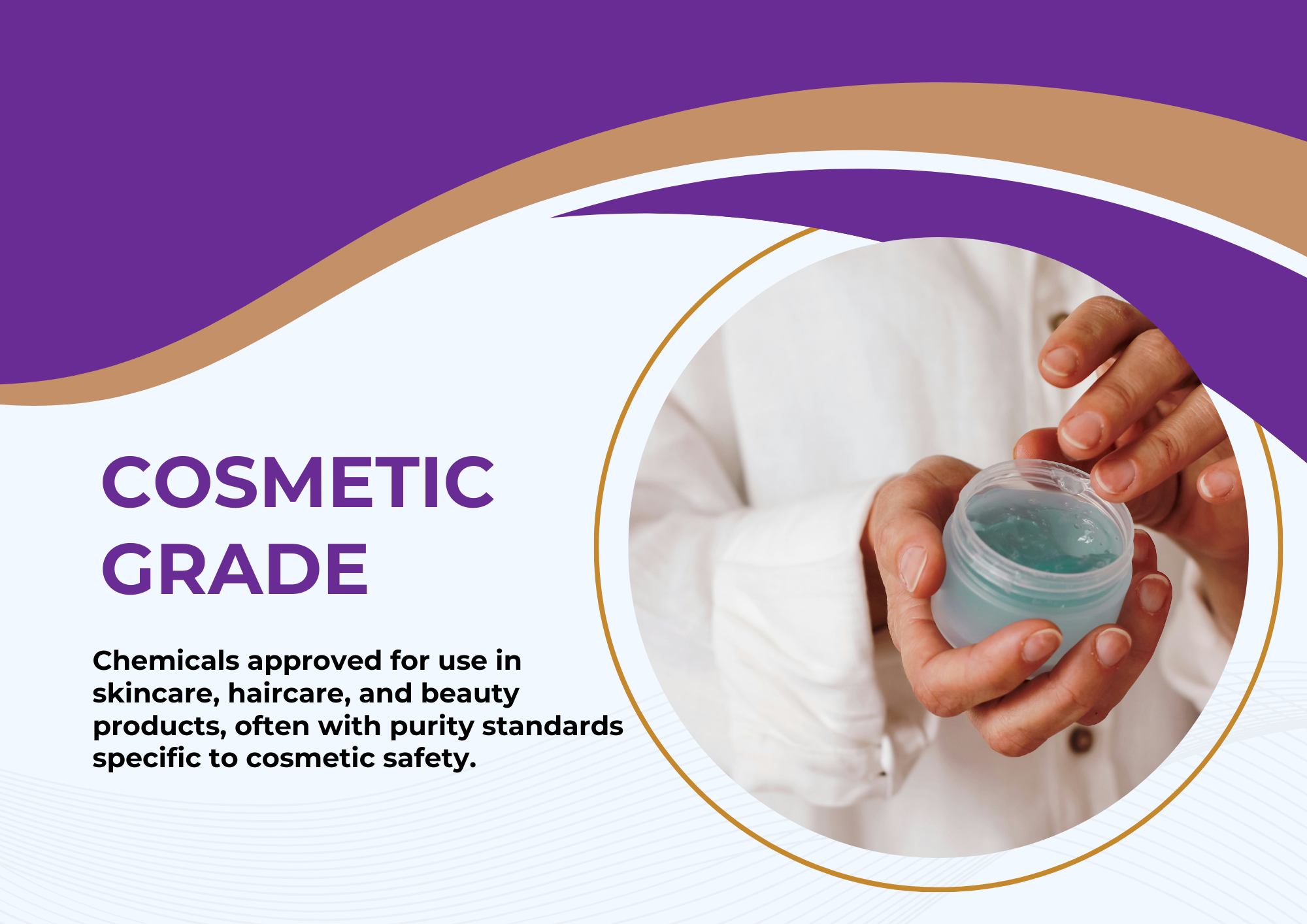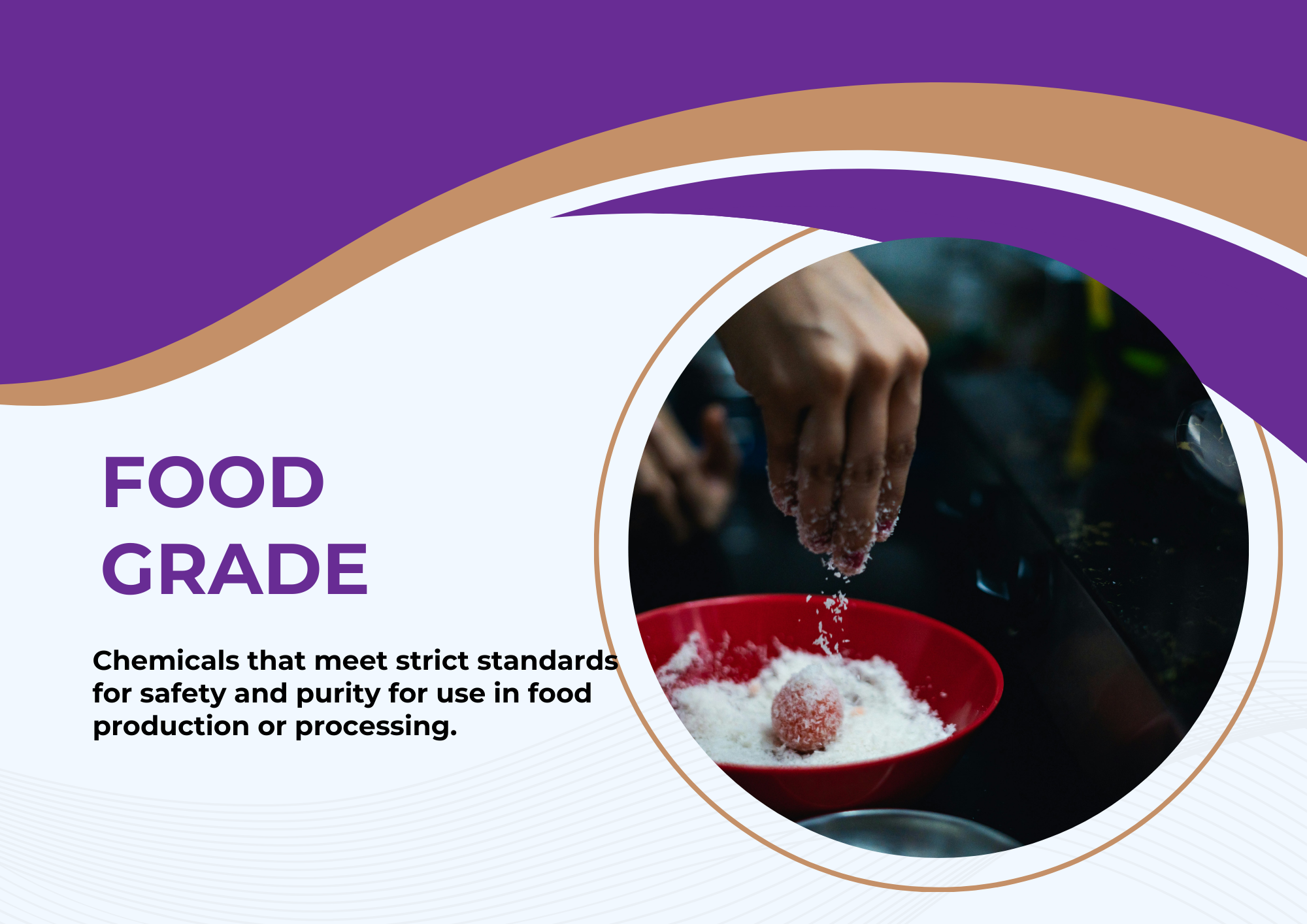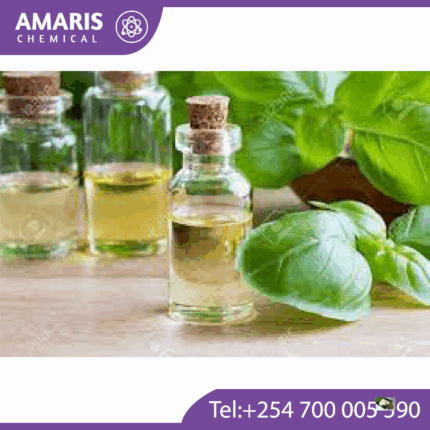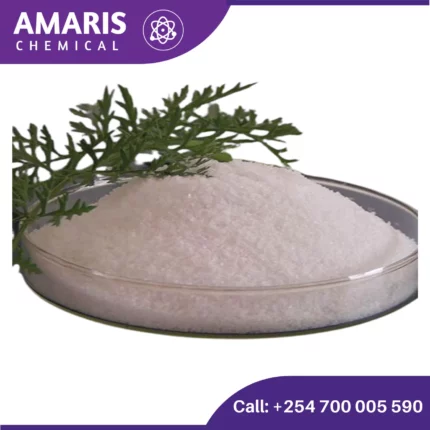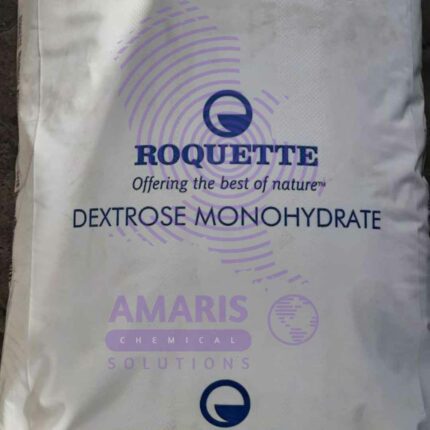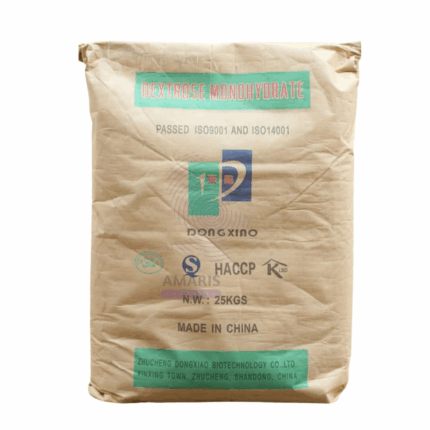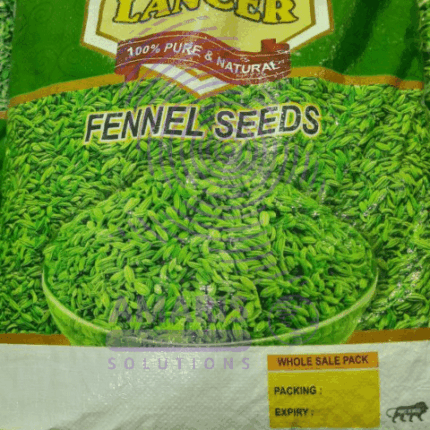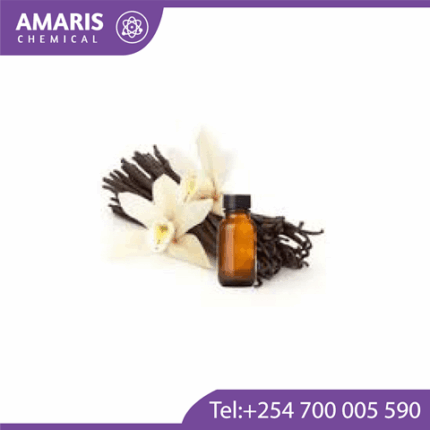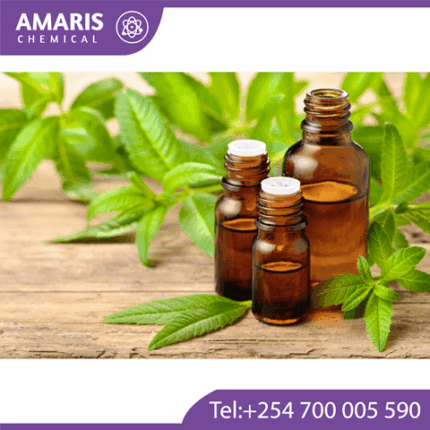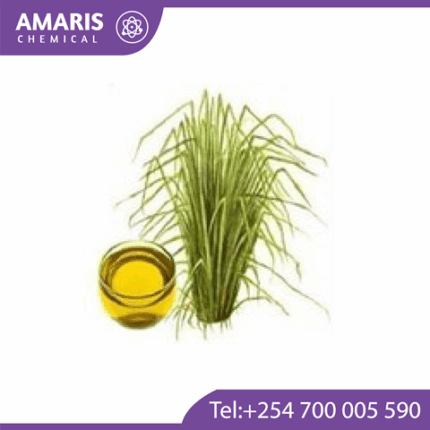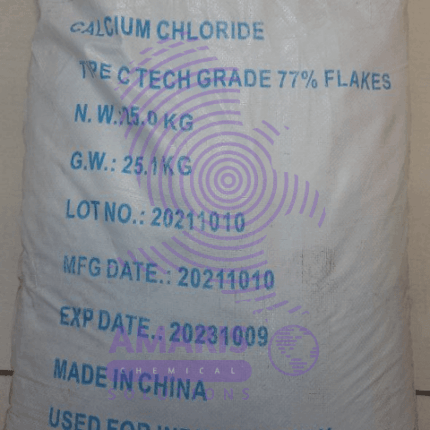

Tetrasodium EDTA
KSh0.01 Original price was: KSh0.01.KSh0.00Current price is: KSh0.00.
Tetrasodium EDTA , also known as ethylenediaminetetraacetic acid tetrasodium salt, is a chemical compound commonly used in various industrial and commercial applications. It is a chelating agent, meaning it has the ability to bind and capture metal ions, thus preventing them from reacting with other substances or causing unwanted effects.
A concise definition of tetra sodium EDTA would be:
“Tetra sodium EDTA is a water-soluble salt derived from ethylenediaminetetraacetic acid, used as a chelating agent to bind and sequester metal ions, serving purposes such as metal complexation, stabilization, and preventing undesired chemical reactions.”
Tetrasodium EDTA Uses
Primary Uses of Tetrasodium EDTA
-
Cleaning Products & Detergents
-
Water Softening: Binds calcium and magnesium ions in hard water, improving soap and detergent efficiency.
-
Stain Removal: Helps break down metal-based stains (rust, lime scale) in laundry and dishwashing detergents.
-
Preservative Booster: Extends shelf life by preventing microbial growth in liquid cleaners.
-
-
Cosmetics & Personal Care
-
Stabilizer: Prevents discoloration and rancidity in shampoos, lotions, and creams by chelating metal contaminants.
-
Foam Booster: Enhances lather in soaps and body washes.
-
Preservative Aid: Supports other preservatives (e.g., parabens) in skincare products.
-
-
Pharmaceuticals & Medicine
-
Anticoagulant: Used in blood collection tubes (binds calcium to prevent clotting).
-
Topical Medications: Stabilizes ointments and creams by inhibiting metal-catalyzed degradation.
-
-
Food Industry
-
Preservative (INS 386): Prevents oxidation and discoloration in canned foods, dressings, and beverages.
-
Color Retention: Maintains vibrancy in processed foods (e.g., pickles, soft drinks).
-
-
Industrial Applications
-
Boiler & Cooling Systems: Prevents scale formation by sequestering metal ions.
-
Textile Processing: Improves dye uptake and brightness by removing metal impurities.
-
Paper Manufacturing: Enhances bleaching efficiency and reduces yellowing.
-
Secondary Uses of Tetrasodium EDTA
-
Photography
-
Used in developing solutions to prevent metal interference in film processing.
-
-
Agriculture
-
Micronutrient Fertilizers: Keeps metal ions soluble for better plant absorption.
-
-
Oil & Gas Industry
-
Drilling Fluids: Controls metal ions that affect fluid viscosity.
-
-
Adhesives & Sealants
-
Prevents premature curing by chelating metal catalysts.
-
-
Water Treatment
-
Removes heavy metals (e.g., lead, mercury) in wastewater remediation.
-
| APPEARANCE |
Crystalline |
|---|---|
| AVAILABLE PACK SIZE |
25kg( Metal or Plastic Jerrycan/ Bucket, Bag, Box, Polythene bag, Carton bag) |
| COUNTRIES OF ORIGIN |
CHINA |
- Basic Identification Attributes
- Chemical Name (IUPAC): Tetrasodium 2,2',2'',2'''-(ethane-1,2-diyldinitrilo)tetraacetate
- Common/Trade Names:
- EDTA-4Na
- Tetrasodium edetate
- Versene 100XL (Dow)
- CAS Number: [64-02-8] (anhydrous), [13235-36-4] (dihydrate)
- HS Code: 2922.49.90 (Other amino-acids and esters)
- Molecular Formula: C₁₀H₁₂N₂Na₄O₈ (anhydrous)
- Synonyms:
- Edetate tetrasodium salt
- EDTA tetrasodium
- N,N'-1,2-Ethanediylbis[N-(carboxymethyl)glycine] tetrasodium salt
- Physical & Chemical Properties
- Physical State: White crystalline powder
- Color & Odor: Odorless; white to off-white
- Melting Point: >300°C (decomposes)
- Density: 1.46 g/cm³ (anhydrous)
- Solubility:
- Water: 103 g/100 mL (25°C)
- Insoluble in organic solvents (ethanol, acetone)
- pH Level: 10.5–11.5 (1% aqueous solution; strongly alkaline)
- Vapor Pressure: Negligible
- Thermal Stability: Stable to 150°C; decomposes at higher temps
- Safety & Hazard Attributes
- Hazard Class (GHS):
- Skin/Eye Irritation (Category 2) (H315/H319)
- Acute Toxicity (Oral, Category 4) (H302)
- NFPA Ratings:
- Health: 1 | Flammability: 0 | Reactivity: 0
- Exposure Limits:
- OSHA PEL: N/A (dust control recommended)
- ACGIH TLV: 1 mg/m³ (respirable dust)
- Reactivity:
- Strong chelating agent - reacts with metal ions (Ca²⁺, Mg²⁺, Fe³⁺)
- Incompatible with strong oxidizers, heavy metals
- Storage & Handling Attributes
- Storage Conditions:
- Tightly sealed containers in cool, dry place
- Protect from moisture (hygroscopic)
- Incompatible Materials:
- Metal salts, aluminum containers
- Strong acids (may release EDTA acid)
- Container Type:
- HDPE or lined fiber drums
- Shelf Life: ≥5 years if stored properly
- Special Handling:
- Use NIOSH-approved dust mask for powder handling
- Chemical goggles and nitrile gloves recommended
- Regulatory & Compliance Attributes
- Regulatory Status:
- FDA: Approved as food additive (21 CFR 172.135)
- EPA: Listed under TSCA
- EU: Approved in cosmetics (up to 0.2% in rinse-off)
- REACH: Registered
- Hazard Symbols: ⚠️ (Irritant)
- Transportation:
- Not classified as dangerous goods (non-hazardous for transport)
- Waste Disposal:
- Neutralize and dispose as non-hazardous waste
- Environmental & Health Impact
- Ecotoxicity:
- LC50 (fish): >100 mg/L (low acute toxicity)
- BOD₅: <0.1% (not readily biodegradable)
- Persistence:
- High (forms stable metal complexes; resists degradation)
- Human Health:
- IARC: Not classified
- May chelate essential minerals with chronic exposure
- Low skin absorption but may cause irritation
Personal Protective Equipment (PPE):
- Gloves:Nitrile or neoprene gloves (to prevent skin irritation).
- Eye Protection:Safety goggles or face shield (to avoid eye contact).
- Clothing:Lab coat or protective apron (to prevent skin exposure).
- Respiratory Protection:Dust mask (N95) if handling powder in poorly ventilated areas.
Handling & Storage:
- Work in a well-ventilated areato minimize dust inhalation.
- Avoid skin and eye contact—may cause mild irritation.
- Store in a cool, dry placein tightly sealed containers away from moisture.
- Keep away from strong acids(can release toxic gases).
Hygiene Practices:
- Wash hands thoroughly after handling.
- Do not eat, drink, or smoke near the chemical.
Inhalation (Dust Exposure):
- Move to fresh air
- If breathing difficulty persists, seek medical attention.
Skin Contact:
- Remove contaminated clothing.
- Wash affected area with soap and waterfor at least 15 minutes.
- If irritation develops, consult a doctor.
Eye Contact:
- Rinse eyes with lukewarm waterfor at least 15 minutes (hold eyelids open).
- Seek medical attentionif irritation continues.
Ingestion:
- Rinse mouthwith water.
- Do NOT induce vomiting.
- Give water or milkto drink if conscious (unless advised otherwise by a doctor).
- Seek medical help(may cause gastrointestinal discomfort).
Flammability:
- Non-flammable, but containers may burst in a fire.
Extinguishing Media:
- Use water spray, dry chemical powder, CO₂, or foam(if nearby materials are burning).
Firefighting Procedures:
- Wear self-contained breathing apparatus (SCBA)if in a fire zone.
- Cool containers with water sprayto prevent rupture.
Spill/Leak Response:
- Sweep or vacuum(with HEPA filter) to avoid dust dispersion.
- Avoid washing into drains (environmental hazard).
- Dispose of as hazardous chemical waste.



 LABORATORY EQUIPMENT & APPARATUS
LABORATORY EQUIPMENT & APPARATUS
 Fertilizers
Fertilizers Plant Growth Regulators
Plant Growth Regulators Soil Conditioners
Soil Conditioners Animal Feed Additives
Animal Feed Additives Biostimulants
Biostimulants Dough Conditioners
Dough Conditioners Flour Treatments
Flour Treatments Fat Replacers
Fat Replacers Preservatives (baking)
Preservatives (baking)
 Surfactants (cleaning)
Surfactants (cleaning) Builders
Builders Bleaching Agents
Bleaching Agents Enzymes
Enzymes Solvents (cleaning)
Solvents (cleaning) Fragrances
Fragrances

